Henry Taylor, The Times They Ain’t A Changin’, Fast Enough, 2017

Henry Taylor, The Times They Ain’t A Changin’, Fast Enough, 2017
More Posts from Associationxamxam and Others
Lauren Beukes mondialise la SF sud-africaine
Journaliste, illustratrice, critique, Lauren Beukes se fait un nom comme auteure de science-fiction en remportant le prestigieux prix Arthur C. Clarke du meilleur roman de science-fiction en 2011 avec Zoo City paru juste un an plus tôt. Comme elle le dit elle-même, Johannesburg, déjà construite dans l'imaginaire collectif comme la ville de tous les dangers aura servi le roman et c'est sa capacité à mélanger le fantastique et la réalité dans laquelle se côtoient usage des technologies et pratiques divinatoires, ségrégation et ultralibéralisme qui lui auront permis d'emporter la mise. Son succès vient directement en écho à un autre phénomène planétaire : District 9 (2009) du sud-africain Neill Blomkamp mondialisant ainsi la SF sud-africaine.
C'est à Paris en avril dernier où elle était de passage afin de promouvoir sont troisième roman que nous l'avons rencontrée. Lauren Beukes revient sur les raisons qui font de l'Afrique du Sud la figure de proue de la SF africaine. Sur la capacité des auteurs à mettre en jeu l'histoire si spécifique de ce pays, les spectres du passé et ses réminiscences.
Oulimata Gueye

Selly Rabi Kane / Fashion / Senegal
'Seraka' is the name of a RTW label founded by 'the unconventional' Senegalese designer Selly Raby Kane whose good-humored personality is constantly fed by music, street art and cartoons in creating a free-spirited urban style. Pop and sophisticatedly Afro, her s/s 2013collection shows trends and influences from ethnic style and digital prints: Selly skillfully mixes tribal motifs with modern patterns in her dresses making explicit her natty approach.
Lorna Simpson: Ebony Collages
website
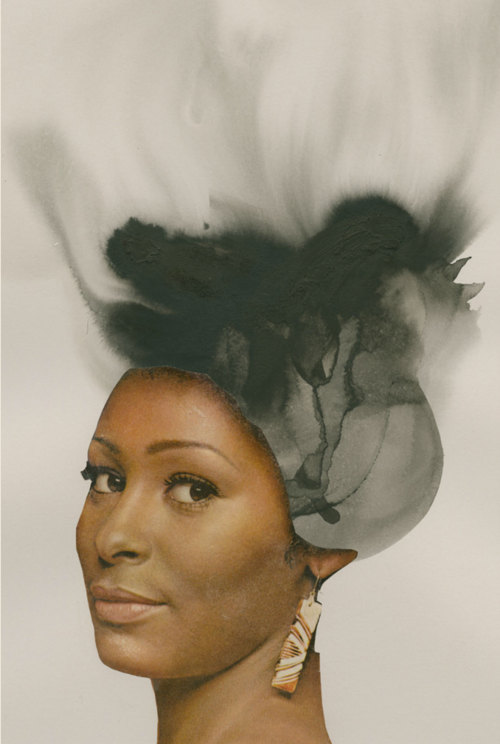
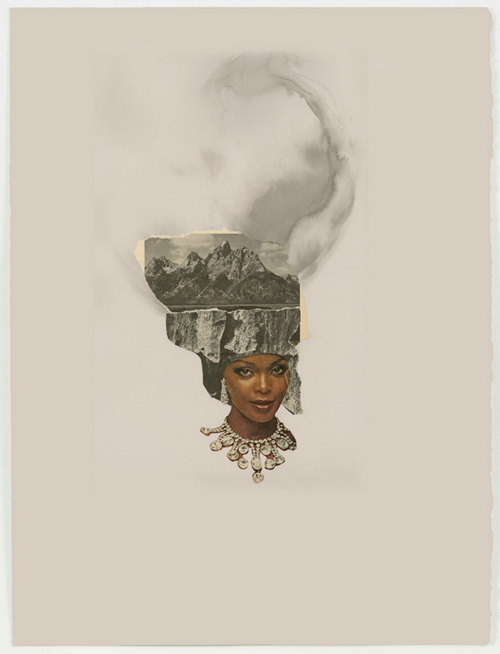
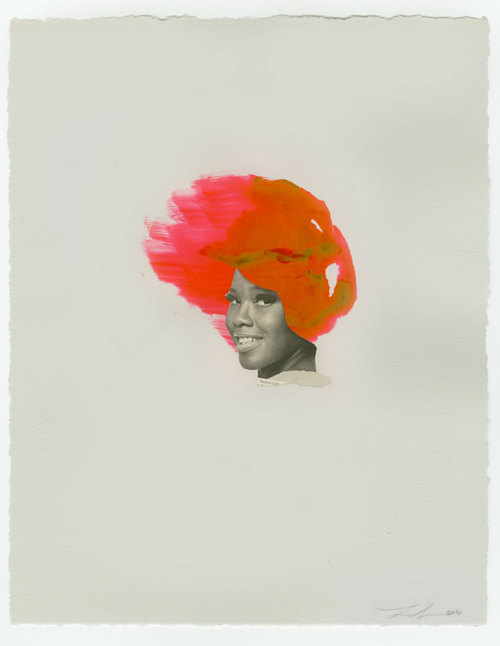
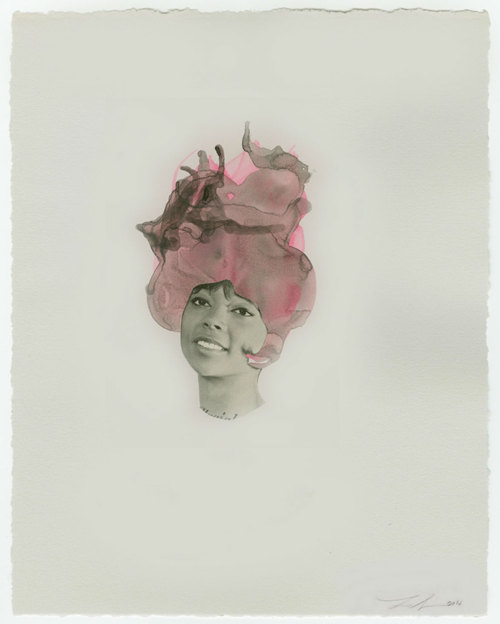
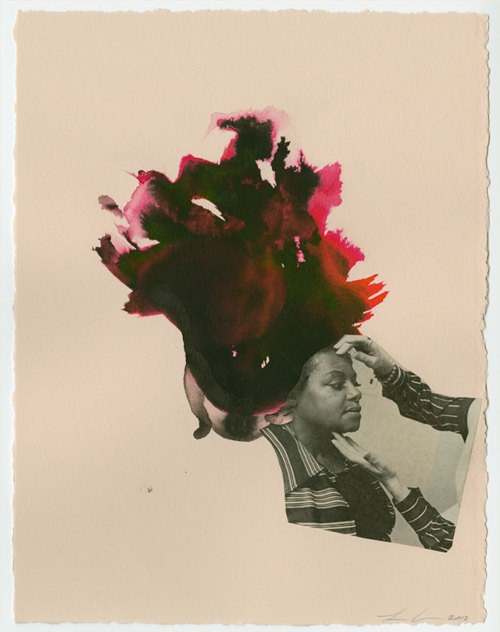
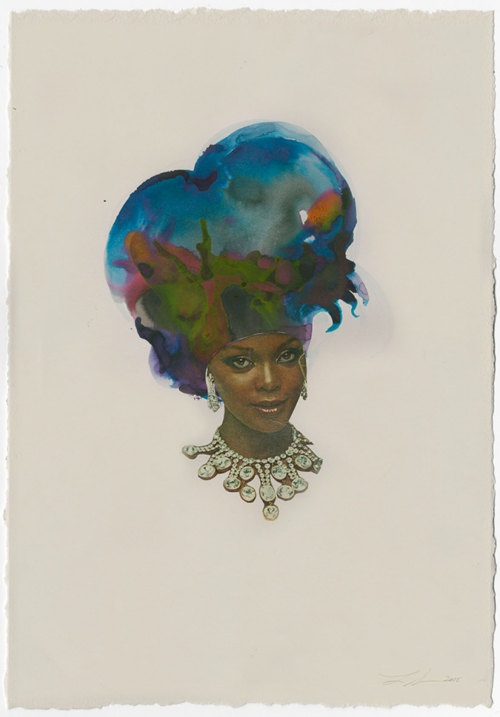
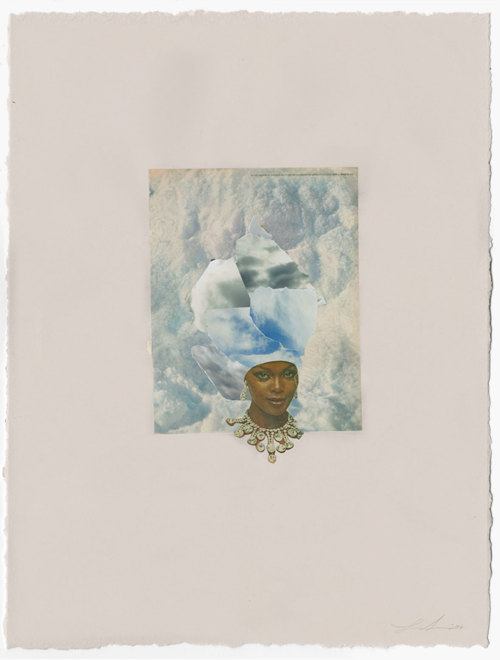
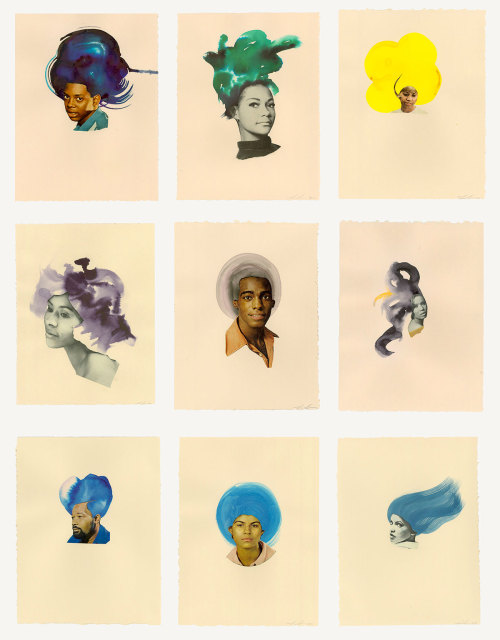
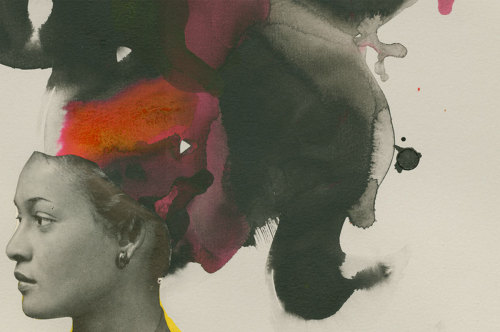


Putting things in perspective: the real size of Africa and other issues as we interview Andres Lepik on his exhibition, “Afritecture - Building Social Change” at the Architecture Museum TU Munich.
http://bit.ly/1dpdaLI
In this Race, Crime & Citizenship Symposium about the role of prisons in the criminal “justice” system, scholar and commentator Kimberle Williams Crenshaw explores the presence of a large race-, and gender-based prison system shaping understandings of citizenship. Series: “Voices” [8/2006] [Public Affairs] [Show ID: 11879]









Fatoumata Diabaté: “Sutiki, la nuit est à nous”.
Started in Bamako, Mali, in 2004, Fatoumata Diabaté birthed this project out of an idea to capture how young African women express themselves through their choices of contemporary clothing. Diabaté aims to continue this project across several cities both in Africa and around the world.
Born in 1980 in Bamako, Mali, Fatoumata Diabaté received her initial experience at the Promo Femmes audio visual training centre before joining the Photography Training Centre (Centre de formation en photographie – CFP) in Bamako between 2002 and 2004. She continued her education with a one month internship at the vocational learning centre (Centre d enseignement professionnel) in Vevey, Switzerland and has participated in numerous workshops both in Mali and abroad.
She has participated in several group exhibitions (Bamako Encounters 2005, 2009 and 2011; Kornhaus Museum of Bern in Switzerland, etc.) and had several solo exhibitions (Festival of Visages francophones de Cahors, France; the Malians of Montreuil, outside the walls of the quai Branly museum, etc.)
She has reported for World Press Photo, Oxfam, Rolex. In December 2005, she received the Africa in creation prize of the French Association for Artistic Action (AFAA) for her work entitled Tuareg, in gestures and movements. In 2011 she was awarded the Blachère Foundation prize for her work entitled The Animal in Man; the prize was an atelier in Arles and an exhibition at the Blachère Foundation. She is currently developing an art project about soutiki youth (The night is ours).
Twitter | Facebook | Instagram | Pinterest | Soundcloud | Mixcloud
Afronauts
La réalisatrice ghanéenne Frances Bodomo, revient sur le pari fou d'Edward Nkoloso d'envoyer une jeune femme de 17 ans dans l'espace. Afronauts a été présenté en 2014 au Sundance Film Festival.
1962, sur fond de luttes pour l'Indépendance en Rhodésie du Nord, un homme, le professeur Edward Festus Makuka Nkoloso trouve un écho médiatique à son rêve fou de participer à la course à l'espace qui oppose les États-Unis à l'Union soviétique. Pour se faire il constitue une équipe qu'il entraine et c'est une jeune femme de 17 ans qui sera envoyée sur la lune. Le professeur n'obtiendra jamais les crédits demandés et la mission sera dissoute après que la je femme tombe enceinte. Entre utopie et dérision cette folle aventure dit surement quelques chose de l'histoire de l'Afrique qui entre, au tournant des années 1960, dans le tourbillon des Indépendances.
Et pour poursuivre ce reportage de la CCTV : http://english.cntv.cn/program/facesofafrica/20130909/100179.shtml
-
 rmello reblogged this · 2 years ago
rmello reblogged this · 2 years ago -
 blended-edition liked this · 3 years ago
blended-edition liked this · 3 years ago -
 giorgiofavet reblogged this · 3 years ago
giorgiofavet reblogged this · 3 years ago -
 giorgiofavet liked this · 3 years ago
giorgiofavet liked this · 3 years ago -
 hitm0nleigh reblogged this · 3 years ago
hitm0nleigh reblogged this · 3 years ago -
 dxxtinyy reblogged this · 4 years ago
dxxtinyy reblogged this · 4 years ago -
 petertiminsky reblogged this · 4 years ago
petertiminsky reblogged this · 4 years ago -
 tagames reblogged this · 4 years ago
tagames reblogged this · 4 years ago -
 contempordiary liked this · 4 years ago
contempordiary liked this · 4 years ago -
 oonauthorized liked this · 4 years ago
oonauthorized liked this · 4 years ago -
 usergrooves liked this · 4 years ago
usergrooves liked this · 4 years ago -
 ashsevan liked this · 4 years ago
ashsevan liked this · 4 years ago -
 aaronburg liked this · 4 years ago
aaronburg liked this · 4 years ago -
 cactusthecarlton liked this · 4 years ago
cactusthecarlton liked this · 4 years ago -
 nuwanda-loops liked this · 4 years ago
nuwanda-loops liked this · 4 years ago -
 iamnotmyhistory liked this · 4 years ago
iamnotmyhistory liked this · 4 years ago -
 1800amandi reblogged this · 4 years ago
1800amandi reblogged this · 4 years ago -
 1800amandi liked this · 4 years ago
1800amandi liked this · 4 years ago -
 chillgxng reblogged this · 4 years ago
chillgxng reblogged this · 4 years ago -
 thenocturnalrush reblogged this · 4 years ago
thenocturnalrush reblogged this · 4 years ago -
 thenocturnalrush liked this · 4 years ago
thenocturnalrush liked this · 4 years ago -
 daavydaavetw liked this · 4 years ago
daavydaavetw liked this · 4 years ago -
 shakyfoot reblogged this · 4 years ago
shakyfoot reblogged this · 4 years ago -
 daisyluism liked this · 4 years ago
daisyluism liked this · 4 years ago -
 ring-theory liked this · 4 years ago
ring-theory liked this · 4 years ago -
 henridelaposte reblogged this · 4 years ago
henridelaposte reblogged this · 4 years ago -
 henridelaposte liked this · 4 years ago
henridelaposte liked this · 4 years ago -
 lovetaylor-s reblogged this · 5 years ago
lovetaylor-s reblogged this · 5 years ago -
 lovetaylor-s liked this · 5 years ago
lovetaylor-s liked this · 5 years ago -
 yesilovebugs liked this · 5 years ago
yesilovebugs liked this · 5 years ago -
 lillegitime reblogged this · 5 years ago
lillegitime reblogged this · 5 years ago -
 rannystu liked this · 5 years ago
rannystu liked this · 5 years ago -
 stephphs liked this · 5 years ago
stephphs liked this · 5 years ago -
 christophpeterson liked this · 5 years ago
christophpeterson liked this · 5 years ago -
 arkassy liked this · 5 years ago
arkassy liked this · 5 years ago -
 shaunmg0007 liked this · 5 years ago
shaunmg0007 liked this · 5 years ago -
 jordi-gali reblogged this · 5 years ago
jordi-gali reblogged this · 5 years ago -
 nightvision222242 reblogged this · 5 years ago
nightvision222242 reblogged this · 5 years ago -
 nightvision222242 liked this · 5 years ago
nightvision222242 liked this · 5 years ago -
 highqualityendeavor reblogged this · 5 years ago
highqualityendeavor reblogged this · 5 years ago -
 sadangeltears liked this · 5 years ago
sadangeltears liked this · 5 years ago

"Of whom and of what are we contemporaries? And, first and foremost, what does it mean to be contemporary?" Giorgio Agamben, Qu’est-ce que le contemporain?, Paris, Rivages, 2008. Photo: Icarus 13, Kiluanji Kia Henda
201 posts



